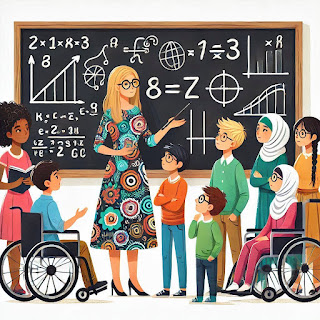End of Pedagogy? Rethinking Teaching and Knowledge Transfer in Modern Classrooms

Why is education system failing? This article challenges the conventional teaching methods of education system. For centuries, pedagogy has been the foundation of education, but what if teaching alone is not enough for knowledge transfer? Anti-Pedagogical Revolution: How Active Learning Can Redefine Education We explore the rise of brainpage learnography , motor-driven knowledge acquisition and the Taxshila happiness classroom as the transformative solutions for modern education. Highlights: Pedagogy Failing to Ensure Effective Knowledge Transfer in Education Problems with Traditional Pedagogy Teaching-Transfer Gap in Education Imitation Behavior and Classroom Bullying Cases for an Anti-Pedagogical Model Implications of Ending Pedagogy Education Reform and Academic Revolution Is the traditional pedagogy of education system failing to transfer knowledge effectively? Pedagogy Failing to Ensure Effective Knowledge Transfer in Classrooms Teaching methods have evolved, yet the fundamental...









